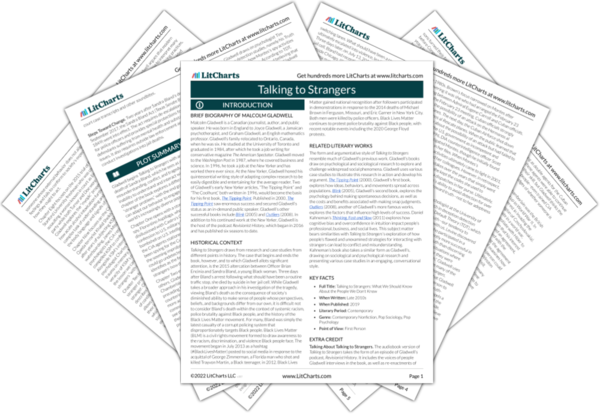Gladwell highlights the North Carolina Highway Patrol’s statistics on annual gun seizures to reaffirm the importance of context. As Gladwell establishes in Chapter Ten, crime is a coupled behavior: it's fundamentally linked with
place. Thus, preventative patrol works—but only when applied to a focused are with high crime rates. Not only does indiscriminate, unfocused preventative patrol not reduce crime to a meaningful degree, but it’s also harmful in the long term due to the atmosphere of “hostility” it creates within communities.
